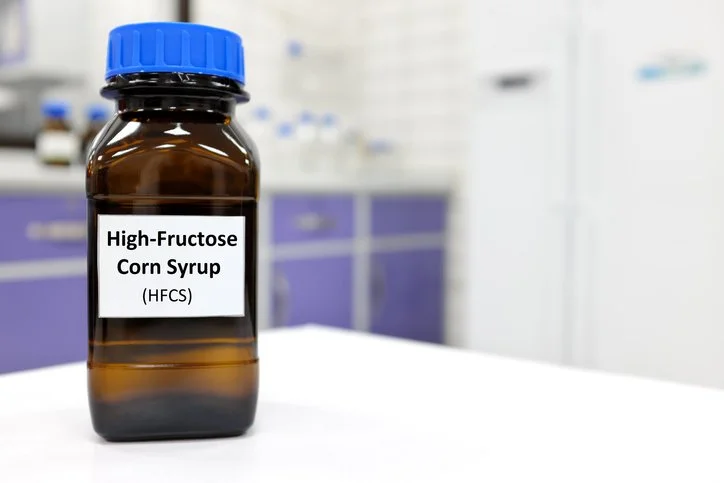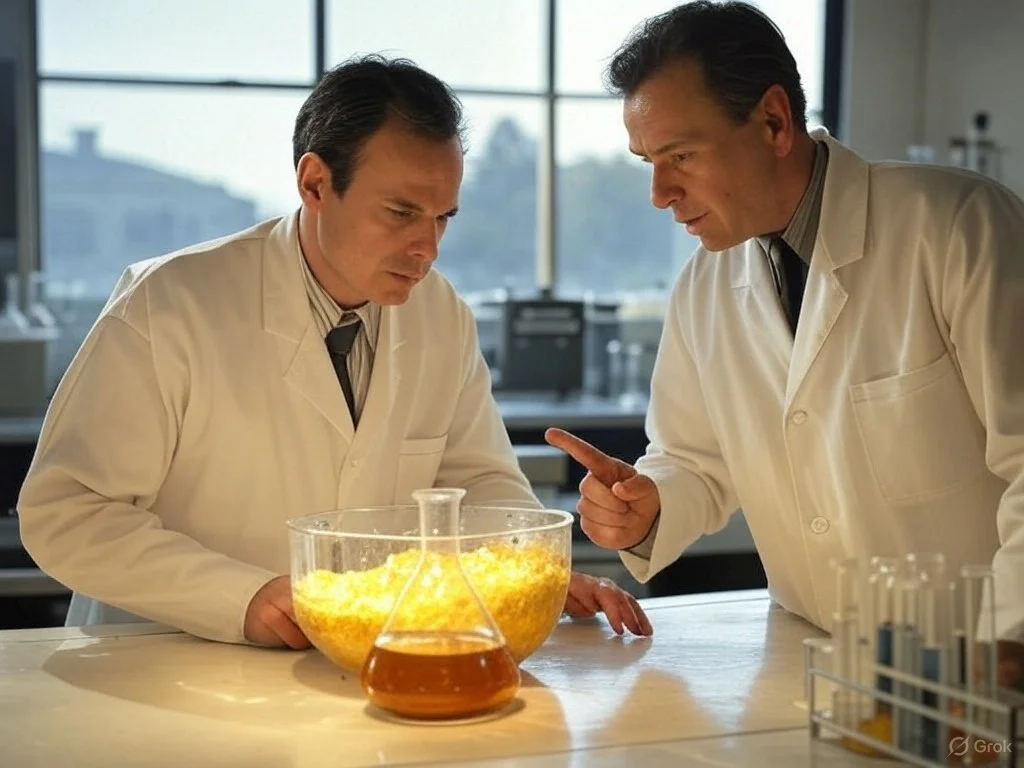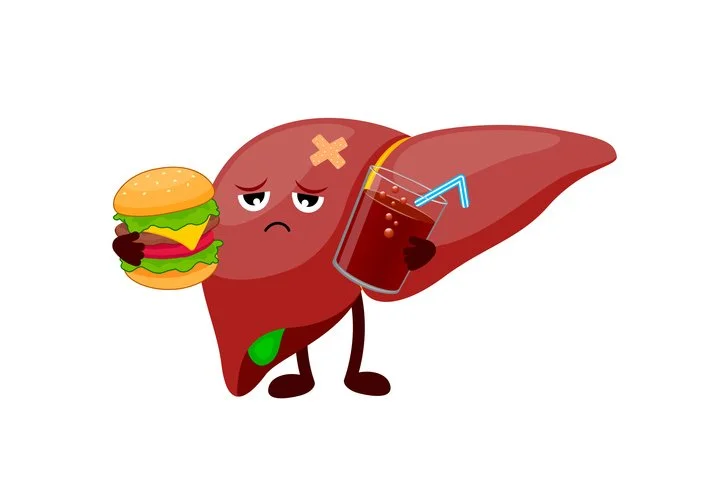High Fructose Corn Syrup: The Sweetest Poison
High fructose corn syrup (HFCS) has infiltrated our food supply, masquerading as a harmless sweetener while wreaking havoc on our health. Among the processed carbohydrates I frequently highlight in my posts as destructive to our well-being—such as refined grains and added sugars—HFCS stands out as the worst offender. Its pervasive presence in processed foods, coupled with its unique metabolic effects, has fueled a public health crisis of obesity, diabetes, and metabolic syndrome. Dr. Robert Lustig, a renowned neuroendocrinologist and professor at UCSF, has spent decades exposing the dangers of HFCS, arguing that it's not just empty calories but a biochemical toxin driving chronic disease. This post delves into Lustig's work, the history of HFCS, and its devastating impact on our bodies.
The Rise of High Fructose Corn Syrup
The story of HFCS began in the mid-20th century when food scientists sought a cheaper alternative to cane sugar. Derived from corn starch, HFCS was first developed in the 1950s by enzymatically converting glucose into fructose. By the 1970s, it gained traction in the United States, thanks to government subsidies for corn and tariffs on imported sugar, making it an economically attractive option for food manufacturers. Its liquid form, ease of use, and ability to enhance flavor and browning in processed foods led to its widespread adoption. By the 1980s, HFCS had largely replaced sugar in soft drinks, baked goods, and countless packaged products. Today, it's a staple of the American diet, with per capita consumption soaring from negligible amounts in the 1960s to over 55 grams of fructose per day by 1994, according to Lustig's data.
Dr. Robert Lustig's Crusade Against Fructose
Dr. Robert Lustig's journey into the fructose debate began with his work on hypothalamic obesity in children, but it was his 2009 lecture, Sugar: The Bitter Truth, that catapulted him into the spotlight, amassing over 3.5 million views. In his follow-up presentation, Fat Chance: Fructose 2.0 (2013), Lustig builds on this foundation, emphasizing the physiological havoc caused by HFCS. He argues that fructose, unlike glucose, bypasses normal metabolic regulation, overloading the liver and triggering a cascade of health problems. Lustig's research, including a groundbreaking 2013 study with Sanjay Basu, demonstrates a causal link between sugar availability (largely HFCS-driven) and global diabetes prevalence, independent of obesity or total calorie intake. Please visit Dr. Lustig's website here.
The Biochemical Nightmare of HFCS
Unlike glucose, which every cell can use for energy, fructose is metabolized almost exclusively by the liver. Lustig explains that when we consume HFCS—typically 55% fructose and 45% glucose—the fructose floods the liver without triggering satiety signals, which leads to de novo lipogenesis, or new fat production, as the liver converts excess fructose into triglycerides. These fats accumulate as visceral fat, contribute to coronary artery disease, and cause non-alcoholic fatty liver disease (NAFLD), a condition now epidemic in both adults and children. Lustig likens fructose metabolism to alcohol, noting that both bypass glycogen storage, overwhelm mitochondria, and produce toxic byproducts—yet we regulate one and not the other.
Moreover, high insulin levels induced by fructose metabolism block leptin, the hormone that signals fullness to the brain, which creates a vicious cycle: the more HFCS we consume, the hungrier we feel, driving overeating and weight gain. Lustig's work shows that this isn't a matter of personal willpower but a biochemical hijacking of our appetite regulation. Among processed carbohydrates, HFCS is uniquely destructive because its high fructose content amplifies these effects, far surpassing the impact of refined starches or even table sugar (sucrose), which is 50% fructose.
A Public Health Crisis Beyond Obesity
Lustig insists that obesity is merely a symptom, not the root problem. The real issue is metabolic syndrome—a cluster of conditions including insulin resistance, hypertension, dyslipidemia, and NAFLD—driven by HFCS consumption. His 2013 study found that a 150-calorie increase from soda (rich in HFCS) raised diabetes prevalence 11-fold more than the same calories from other sources. Globally, 25% of diabetes is attributable to sugar, with HFCS as a primary culprit in Western diets. This metabolic damage strikes even normal-weight individuals, with up to 40% exhibiting "thin on the outside, fat on the inside" (TOFI) profiles, silently accruing visceral fat and disease risk.
HFCS also accelerates cellular aging through the Maillard reaction, a browning process where fructose binds to proteins, releasing damaging hydrogen peroxide. This contributes to inflammation, organ damage, and accelerated aging—effects far more pronounced than those of other processed carbs. While refined grains spike blood sugar, HFCS's direct liver toxicity and insulin disruption make it the most insidious player in our food supply.
Addiction and the Food Industry's Role
Lustig argues that HFCS is addictive, akin to nicotine or cocaine. Neuroimaging studies reveal that sugar downregulates dopamine receptors in the brain's reward center, fostering tolerance and withdrawal—hallmarks of addiction. In his clinic, Lustig sees patients compelled to eat more HFCS-laden foods not out of gluttony, but because their biochemistry demands it. The food industry exploits this, spiking 80% of grocery items with added sugars like HFCS to boost palatability and sales. From soda to salad dressing, HFCS hides under 56 aliases, keeping consumers in the dark about their intake.
Historical Context and Modern Implications
Before HFCS, our ancestors consumed about 15 grams of fructose daily from fruits and honey—naturally paired with fiber to slow absorption. Today, adolescents average 75 grams, with 25% exceeding 100 grams, largely from HFCS-laden processed foods. This shift, Lustig warns, has turned a once-rare nutrient into a chronic toxin. The food industry's profit motive—evident in rising stock prices for companies like Coca-Cola and General Mills—prioritizes consumption over health, resisting regulation with calls for "more research" while Medicare teeters on collapse by 2026 due to diet-related diseases.
Conclusion: A Call to Action
High fructose corn syrup is not just another processed carbohydrate—it's the worst of the bunch, a biochemical saboteur masquerading as a sweetener. Dr. Lustig's work exposes its role in driving metabolic syndrome, diabetes, and addiction, far beyond the damage of refined grains or sucrose. Its history reflects a triumph of profit over public health, but we can't wait for more proof while chronic diseases bankrupt our systems. We must demand transparency, reduce HFCS intake, and shift to real, unprocessed foods. Our health—and our future—depends on it.






